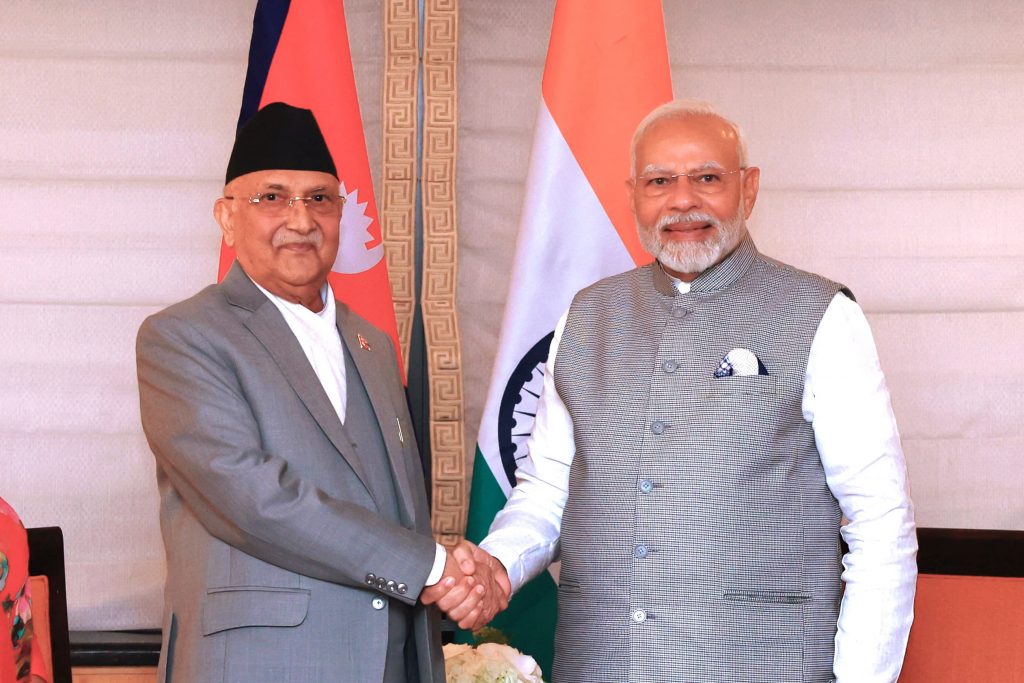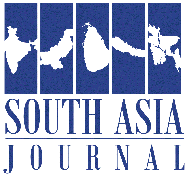
Based on media reports, after indications from New Delhi, Indian Ambassador to Nepal is doing his bit in Kathmandu while the Nepali ambassador to India, is also making arrangements in the Indian capital for the official visit of PM KP Sharma Oli to India.If things go as planned, Prime Minister KP Sharma Oli will be visiting India by July-end. It is good news, however until the date of PM Oli’s visit to India officially announced, the uncertainty would remain.
There are huge concerns both in India and Nepal, why is India not inviting PM Oli officially to visit there by limiting him only upto sideline meetings with PM Modi ? Some experts in India have the opinion that India has failed to establish equal relations with all political parties in Nepal. India should have invited Oli, who became Prime Minister last July, but did not. Similarly, some experts in Nepal also opine that the delay in receiving invitation from India, possibly could be , during his previous terms of office, PM Oli is known for his firm stands on major disputed issues between two countries as he could again raise the issues of disputed border issues and acceptance of the EPG report.
Based on media reports, India wants to sideline the border and EPGs issues by prohibiting these agendas in formal high-level official talks between two countries as if they are not disputed issues. Up to now its intention seems to limit him only in sideline meetings. Limiting up to sideline meetings means restricting to the agenda of disputed issues by avoiding formal meetings by one party. In sideline meetings , no important agreements or understanding could be done , it could be used to discuss or convey specific messages or to build relationships between two parties. The term “sideline” comes from sports, where it refers to the area along the side of the field or court where players or coaches stand. The sidelines are the two lines defining the sides of the court or playing field and the area immediately beyond them where, in such sports as football, the non-playing team members sit.
Still the question arises, whether India would invite PM Oli to officially visit there this July? Previously , even after a number of efforts by Nepali side, India had not yet formally invited him to visit there. After assuming office, PM Oli had deep interests in formal meetings with the Indian PM Modi and during the visit of Foreign Minister of Nepal Mrs. Arzu Rana Deuba to India, he sent an invitation, through her, to the Indian PM for an official visit to Nepal. India did not reciprocate by sending an invitation to PM Oil, which made it difficult to continue the tradition of the first visit to India by Nepali prime minister.
It has been customary, with few exceptions, for the newly appointed prime ministers of Nepal to make their first official visit to India. If someone breaks this tradition by visiting other countries’, especially China on their first visit, experts and the media in India would not hesitate to label him as unfriendly to India. This tendency was also being observed during PM Oli’s visit to China.
PM Oli and PM Modi have met twice on the sidelines of the United Nations General Assembly ( UNGA) in New York and BIMSTEC meeting in Bangkok. The meeting between PM Oli and PM Modi on the sidelines of the UNGA in New York was expected to open the door for further advancement in relation between the two countries. However, their meeting one on one on the sideline of the BIMSTEC meeting in Bangkok has not been as fruitful as expected. After the meeting both the prime ministers have expressed their satisfaction through social media ‘X’. But the media reports in India and Nepal have portrayed a gloomy picture of the meeting.
Before a one on one sideline meeting between two prime ministers, the Swarajya Magazine of India on Apr 04, 2025 unveiled the agenda of discussion of PM Modi with PM Oli. It has written : “As for the meeting with Oli, Prime Minister Modi is set to ask for an end to the false rhetoric of border disputes between Nepal and India when no such disputes actually exist.”
‘’Prime Minister Modi will, it is learnt, tell Oli that Nepal must abandon its irrational claim over a 335-square-kilometre area in Uttarakhand encompassing Limpiyadhura, Kalapani, and Lipulekh.’’
“We well understand that this baseless claim is being made just to incite passions in Nepal by its politicians for their political gains. But Nepal needs to realise that it cannot have excellent ties with India if it makes such claims that embitter ties, especially people-to-people ties, between the two countries,” said the MEA official, the magazine quotes.
Similarly, the Oli Modi one on one meeting did not go well as after returning back from Bangkok, PM Oli has expressed his concerns and dissatisfaction while addressing in Himalayan Sambad in Kathmandu. “Foreign relations should be reasonable and it should serve the national interest,” Oli said. “If a neighbour intends to eat the paddy planted in another neighbour’s field, it cannot be called a neighbour, and so it cannot be called neighborly relations.” Oli continued, “The genuine concerns of the neighbours should be understood. If three people are common friends, one should not be seen as tilting towards another. We should not tilt towards Peking or Delhi… We have to maintain the policy of non-alignment.”
Previously, on the border issue, Nepal and India have gone through a war of strong words over a road constructed by India in Lipulekh Pass. On May 8, 2020, Indian Defense Minister Mr. Rajnath Singh inaugurated the road in Lipulekh, Kalapani, stating it a pilgrimage road to Kailash Mansarovar in China. Kalapani territory of Nepal, encroached by Indian security forces in 1962, is in the northwest border with India. The Government of Nepal protested through a press release about the ‘inauguration’ by India of ‘Link Road’ connecting to Lipu Lekh (Nepal), which passes through Nepali territory.
The Government of Nepal has consistently maintained that as per the Sugauli Treaty (1816), all the territories east of Kali (Mahakali) River, including Limpiyadhura, Kalapani and Lipu Lekh, belong to Nepal. This was reiterated by the Government of Nepal several times in the past. Considering this development, the Government of Nepal calls upon the Government of India to refrain from carrying out any activity inside the territory of Nepal. The Indian side pushed back on the Nepali concerns, saying that the disputed region was “completely within the territory of India.”
On November 2, 2019, India’s Home Ministry unveiled a new political map, placing Kalapani inside the Indian borders. Countering it, on May 18, 2020, the Government of Nepal endorsed a new political map placing Kalapani, Lipulekh, and Limpiyadhura, occupied territory by India, within its border confirming those lands under Nepalese territory.
Prime Minister Oli in his political report presented in the Central Committee meeting in January 2025 of the party has made no efforts to hide the ‘uneasy’ relations the two neighbors have been passing through at present. He has also hinted at strained relations between Kathmandu and New Delhi in recent days.
Under the circumstances, India seems to be least interested in discussing the border issue with Nepal through the previously agreed bilateral mechanism. If we go through the history of relationships between most of the Indian and Nepali top leaderships, it starts with love and ends in hate, whether it was in monarchy or multiparty democracy in Nepal. The writing of Swarajya Magazine and response of PM Oli during Himalayan Sambad, portrays a more or less similar picture of India towards Nepal.
